Pithecanthropus Soloensis Sejarah, Ciri dan Cara Hidupnya
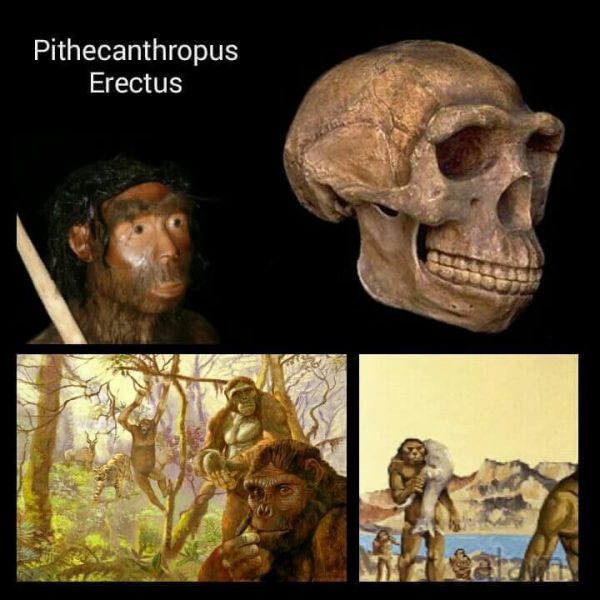
Jenisjenis Manusia Purba dan Penjelasannya Lengkap Dengan Gambar
Solo Man (Homo erectus soloensis) is a subspecies of H. erectus that lived along the Solo River in Java, Indonesia, about 117,000 to 108,000 years ago in the Late Pleistocene.This population is the last known record of the species. It is known from 14 skullcaps, two tibiae, and a piece of the pelvis excavated near the village of Ngandong, and possibly three skulls from Sambungmacan and a skull.
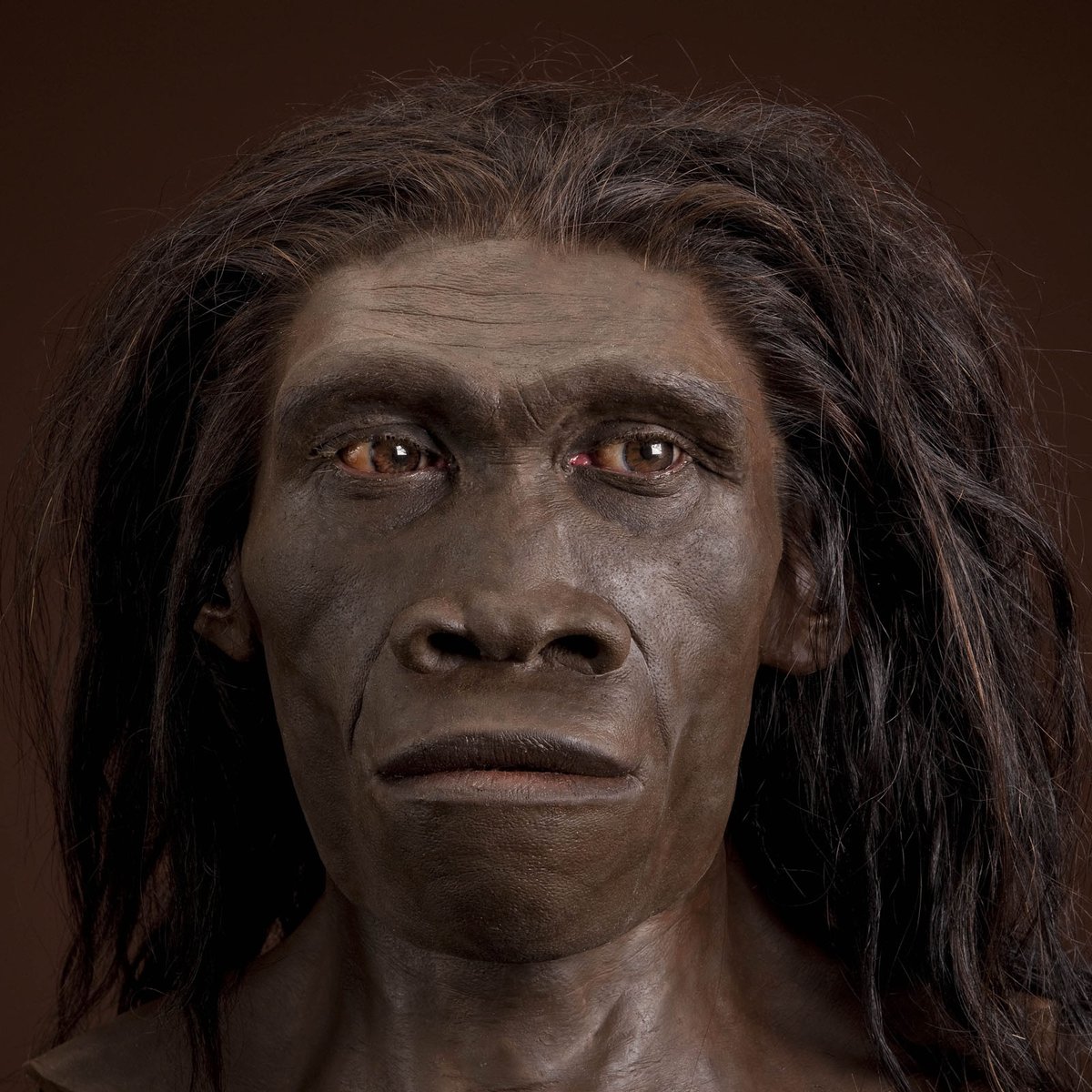
HOMO ERECTUS (SOLO MAN) BİLGİPEDİA
Selain Pithecanthropus Erectus, ada juga Pithecanthropus Mojokertensis dan Pithecanthropus Soloensis, yang ditemukan di Indonesia. Diperkirakan usia fosil Pithecanthropus antara 30.000 sampai 2 juta tahun lalu. Mereka mencari makan sudah menggunakan alat, meskipun masih sangat sederhana, yaitu batu atau kayu.
manusia purba di indonesia PELAJARAN KITA
More concisely, Jacob (1981) stated that the principal differences between Pithecanthropus erectus (cf. Sangiran and Trinil) and Pithecanthropus soloensis (cf. Ngandong) are in skull capacity, cranial contour, bone thickness, the morphology of the torus supra-orbitalis, and occipital part.

Sejarah Zaman Paleolitikum Pengertian, Ciri & Hasil Kebudayaan
Java Man (Homo erectus erectus, formerly also Anthropopithecus erectus, Pithecanthropus erectus) is an early human fossil discovered in 1891 and 1892 on the island of Java (Indonesia). Estimated to be between 700,000 and 1,490,000 years old, it was, at the time of its discovery, the oldest hominid fossil ever found, and it remains the type specimen for Homo erectus.

Pithecanthropus Soloensis, Solo Cara Hidup Manusia Purba dan CiriCiri
tirto.id - Pithecanthropus soloensis adalah salah satu jenis manusia purba yang ditemukan di Indonesia. Sejarah ditemukannya fosil yang memiliki arti "manusia kera dari Solo" ini bermula dari awal dekade 1890-an. Fosil Pithecanthropus sebenarnya banyak ditemukan di berbagai belahan dunia dan sebutannya berbeda-beda.

Pithecanthropus Erectus Penemuan Fosil Purba di Jawa dan Perbedaannya
Pithecanthropus soloensis. Wikimedia Commons/Ryan Somma Fosil Pithecanthropus Soloensis. Berikut ini ciri-ciri Pithecanthropus soloensis yang ditemukan oleh G.H.R. von Koenigswald, Oppernorth, dan Ter Haar antara 1931 hingga 1933 di Ngandong. Tengkorak lonjong, tebal, dan padat;

Penemuan Manusia Purba di Indonesia
Early human Pithecanthropus is the most type commonly found in Indonesia, such as Pithecanthropus erectus and Pithecanthropus soloensis. Early human have different physical characters from modern.

Pithecanthropus Soloensis Sejarah, Ciri dan Cara Hidupnya
Penemu Pithecanthropus Soloensis. Pithecanthropus Soloensis ditemukan pertama kali oleh G.H.R.Von Koenigswald, Ter Haar, dan Oppernorth. Mereka menemukan fosil manusia purba tersebut sekitar tahun 1931 sampai 1933. Lokasi penemuannya ada di kawasan Ngandong, berdekatan dengan Bengawan Solo.
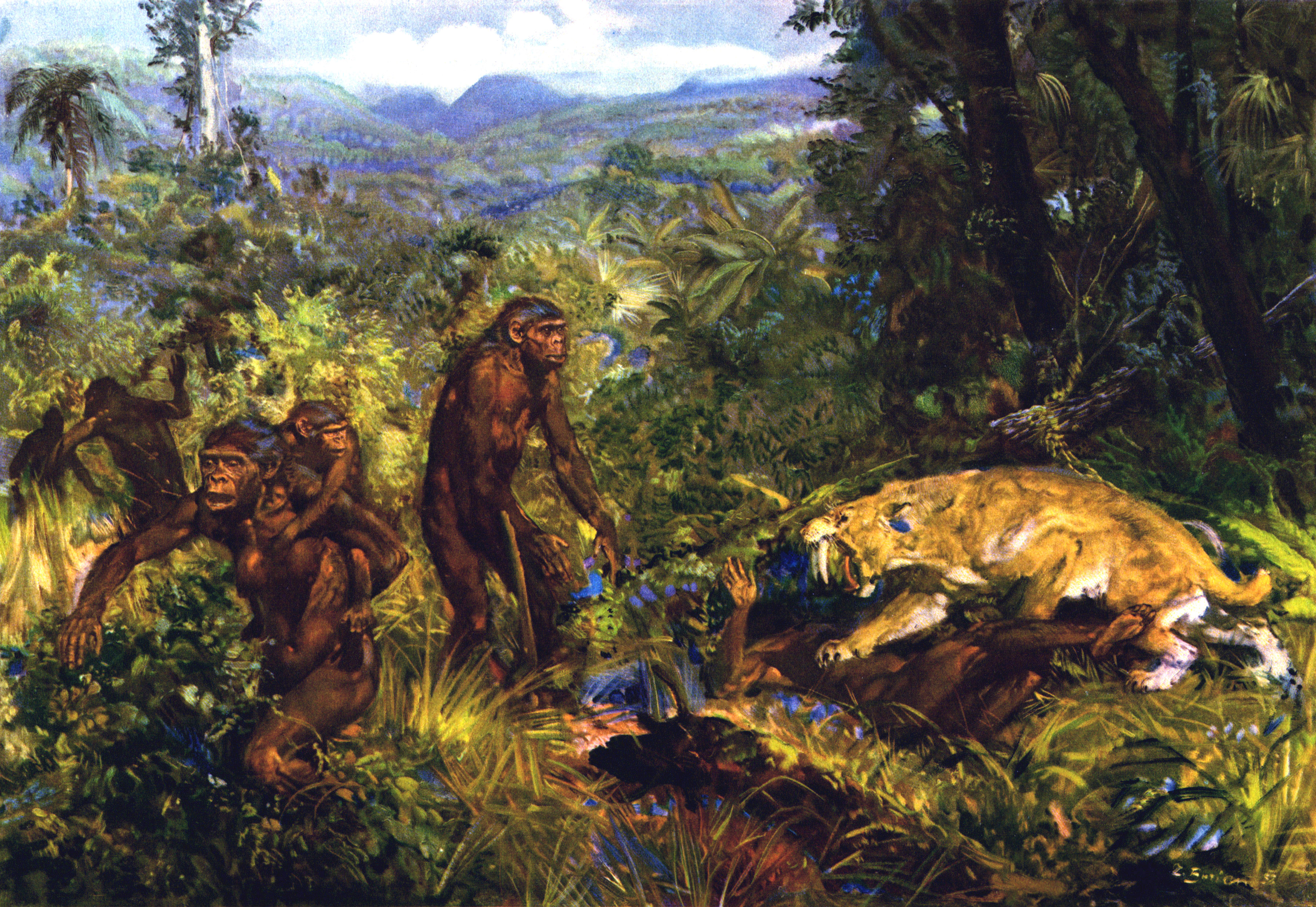
Photos Zdenek Burian Pithecanthropus & nature Pictorial 3612x2490
Diperkirakan Homo Soloensis adalah evolusi dari Pithecanthropus Mojokertensis yang hidup sekitar 117 hingga 108 ribu tahun lalu pada Zaman Pleistosen Akhir. Oleh sebagian ahli, Homo Soloensis digolongkan dengan Homo Neanderthalensis yang merupakan manusia purba jenis Homo Sapiens dari Asia, Eropa, dan Afrika.

Solo Man Stock Image C007/7642 Science Photo Library
The structure of this Pithecanthropus Erectus from Trinil is very short but elongates to the back, with a 900 cc cranial capacity.. They are described by Oppenoorth as Homo Soloensis. The skull cap is more rounded and higher, influencing a higher cranial capacity compared to those of Sangiran and Trinil, around 1,100 cc, a characteristic.
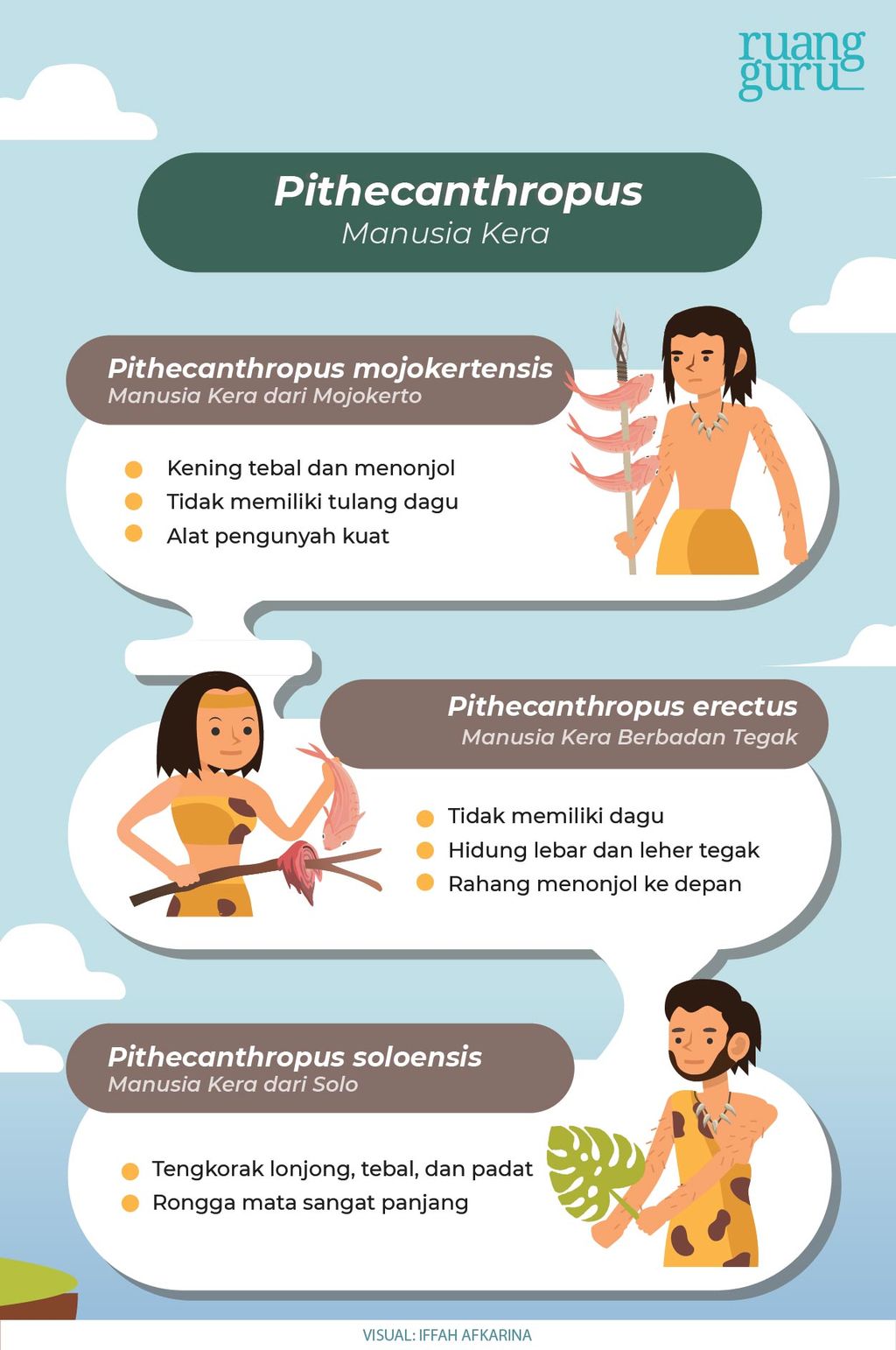
Manusia Purba yang Ditemukan di Indonesia Sejarah Kelas 10
Additionally, those at Ngandong (ca. <50 Ka) contain Homo erectus (Homo erectus ngandongensis, Homo cf. erectus soloensis, Pithecanthropus soloensis, Homo soloensis, Javanthropus soloensis after Sartono 1985). Late Pleistocene terrace deposits can also been found in South Sulawesi, Timor, Flores and other regions of East Indonesia. These.
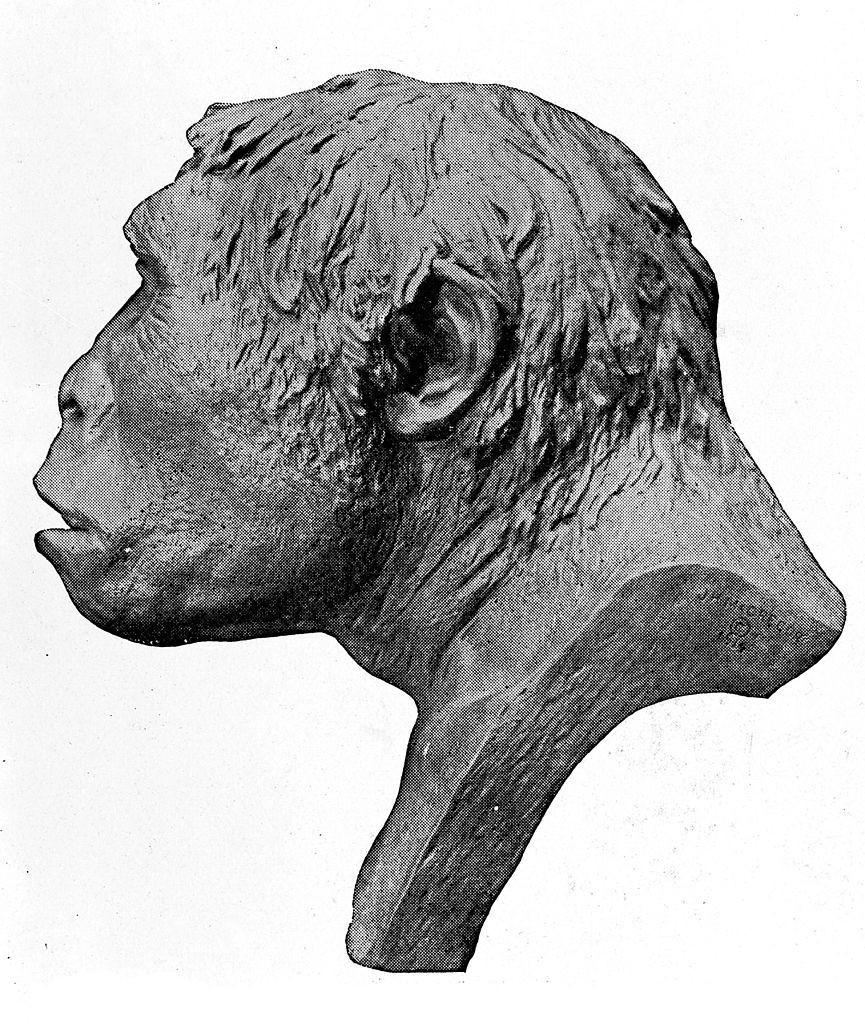
8 Fosil Manusia Purba yang Pernah Hidup di Indonesia
Pithecanthropus Soloensis diartikan sebagai manusia kera dari Solo. Nama tersebut diambil dari lokasi penemuannya, yaitu di daerah Ngandong, dekat Sungai Bengawan Solo. Pithecanthropus Soloensis pertama kali ditemukan oleh G.H.R. von Koenigswald, Oppernorth, dan Ter Haar antara 1931 hingga 1933.

ZAITUN NAKHIRA 'S 2nd BLOG JENIS JENIS MANUSIA PURBA YANG DITEMUKAN DI INDONESIA
Homo erectus (/ ˌ h oʊ m oʊ ə ˈ r ɛ k t ə s /; meaning "upright man") is an extinct species of archaic human from the Pleistocene, with its earliest occurrence about 2 million years ago. Its specimens are among the first recognizable members of the genus Homo.. Several human species, such as H. heidelbergensis and H. antecessor, appear to have evolved from H. erectus, and Neanderthals.

Figure 1 from The Difference in Cranium Morphological Characteristics of Homo sapiens
Early human Pithecanthropus is the most type commonly found in Indonesia, such as Pithecanthropus erectus and Pithecanthropus soloensis. Early human have different physical characters from modern human. Morphological characters are commonly used for identification of early human fossils. Cranium plays an important role in fossil identification.
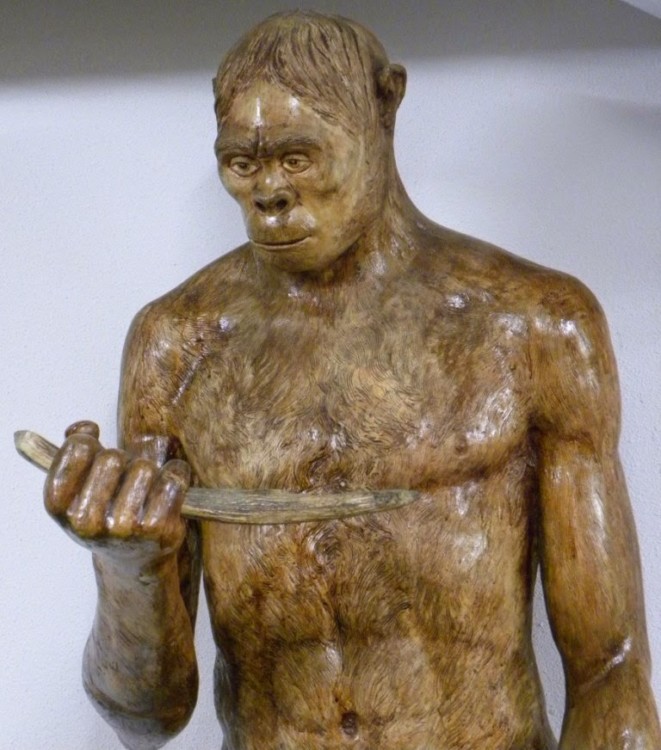
Ciriciri Pithecantropus Soloensis dan Sejarah Penemuannya Satu Jam
Pithecanthropus to be more primitive than Sinan. Homo soloensis. In any event, the teeth are interesting because of the extensive combination primitive and more advanced characters. The.

Bleda y Rosa, Pithecanthropus soloensis Ngandong (2007). Fotografía... Download Scientific
Penemu dan Lokasi Penemuan Pithecanthropus Erectus. Fosil Pithecanthtopus erectus merupakan hasil dari proyek pencarian jejak manusia purba oleh Eugene Dubois, dokter Belanda. Pada 1891, ia memperoleh beberapa tulang meliputi bagian rahang atas, tulang kaki, dan tengkorak Pithecanthropus Erectus di Desa Trinil, Kabupaten Ngawi, Jawa Timur.